Das Watt
Here all the elementary forces of nature act in unison, as has been the case for thousands of years through to the present day; they construct and create a landscape whose size, sublimity, and solitariness can be likened to the first days of creation. This is how Alfred Ehrhardt, German photographer of the Bauhaus, describes the mudflats (Das Watt), the strip of sand betwen land and sea bordering the German coast of the North sea shaped by wind, storms and sunshine.
This book, a facsimile of the 1937 edition true to its original layout, brings back to the public a photography classic that has been out of print for a long time.
Alfred Ehrhardt
Das Watt
Here all the elementary forces of nature act in unison, as has been the case for thousands of years through to the present day; they construct and create a landscape whose size, sublimity, and solitariness can be likened to the first days of creation. This is how Alfred Ehrhardt, German photographer of the Bauhaus, describes the mudflats (Das Watt), the strip of sand betwen land and sea bordering the German coast of the North sea shaped by wind, storms and sunshine.
This book, a facsimile of the 1937 edition true to its original layout, brings back to the public a photography classic that has been out of print for a long time.



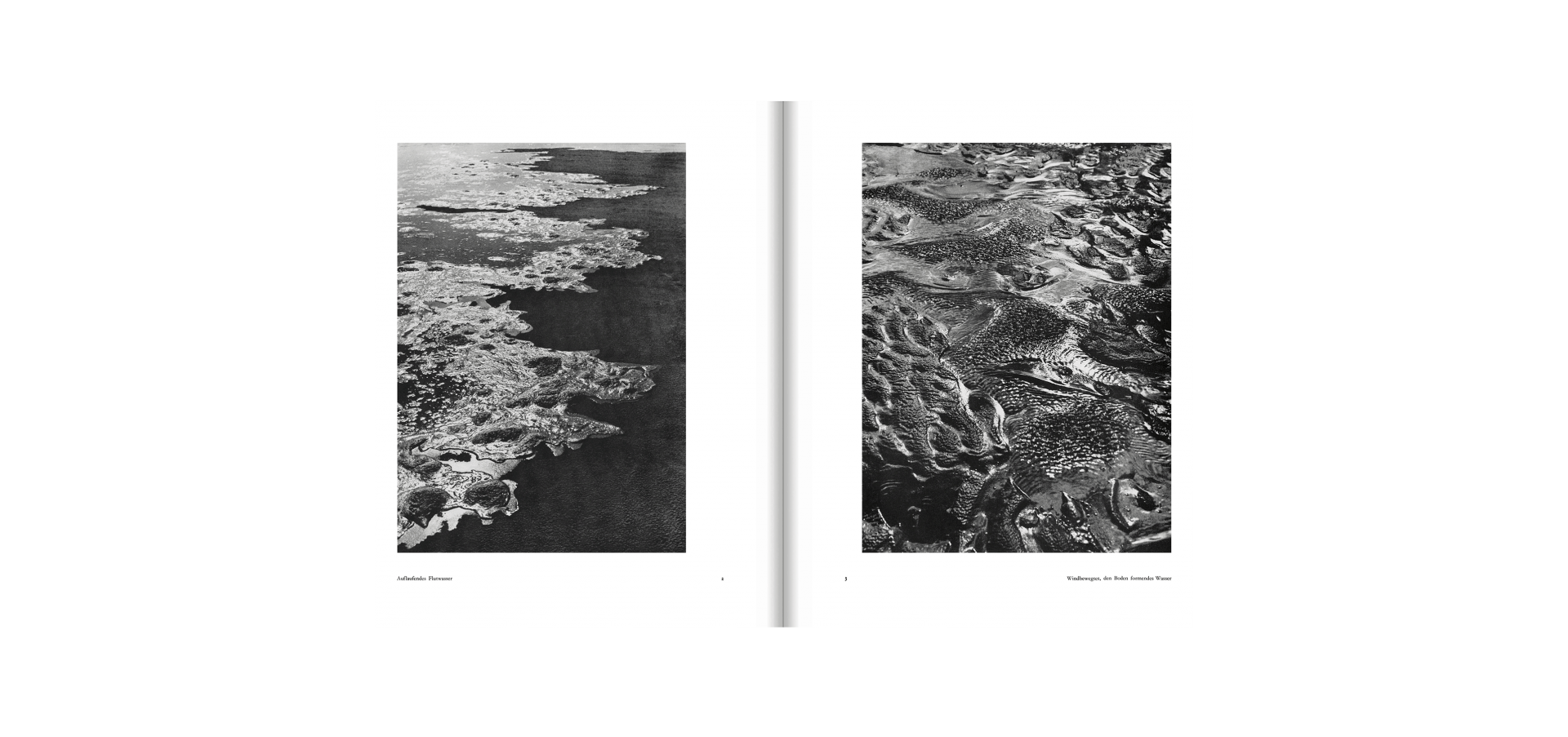

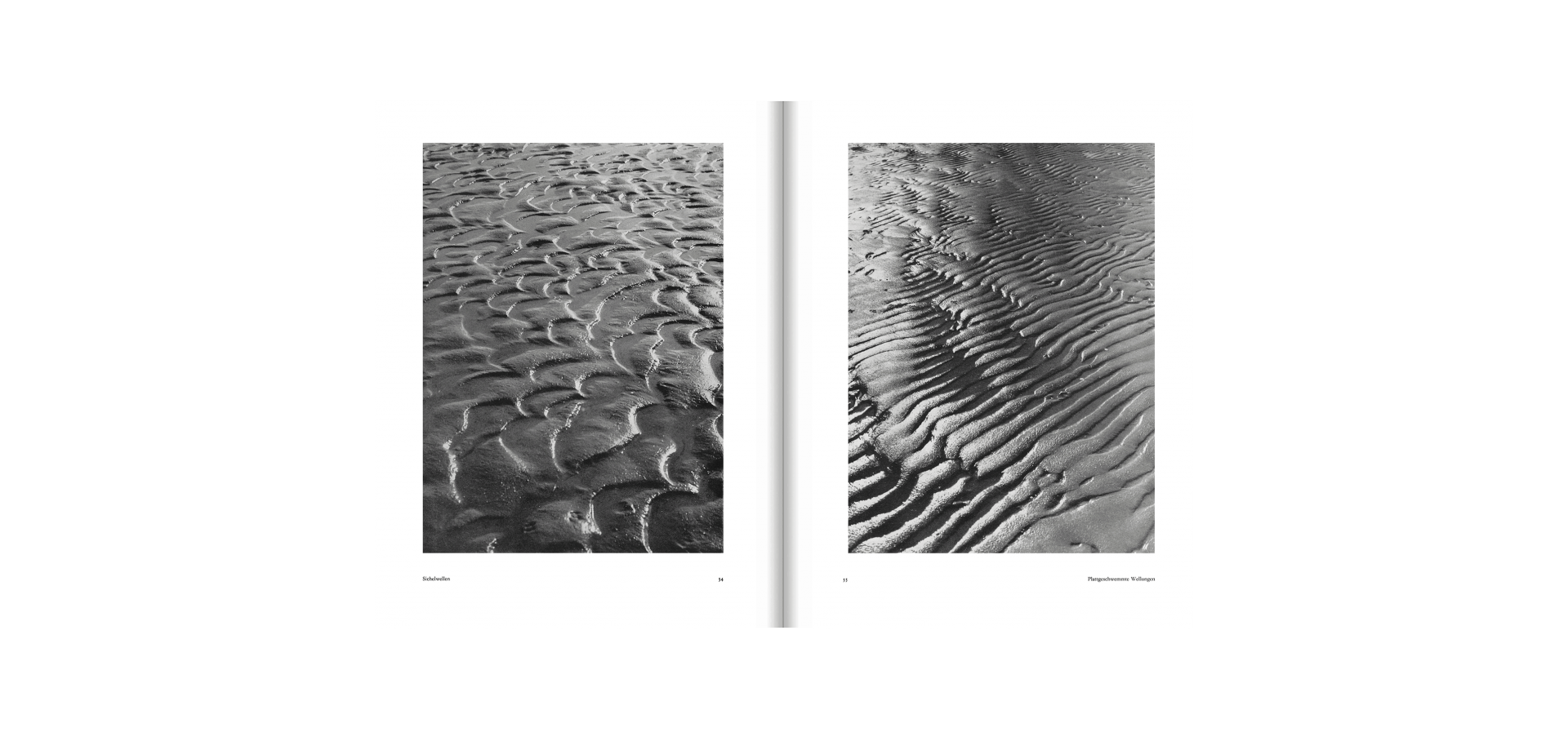
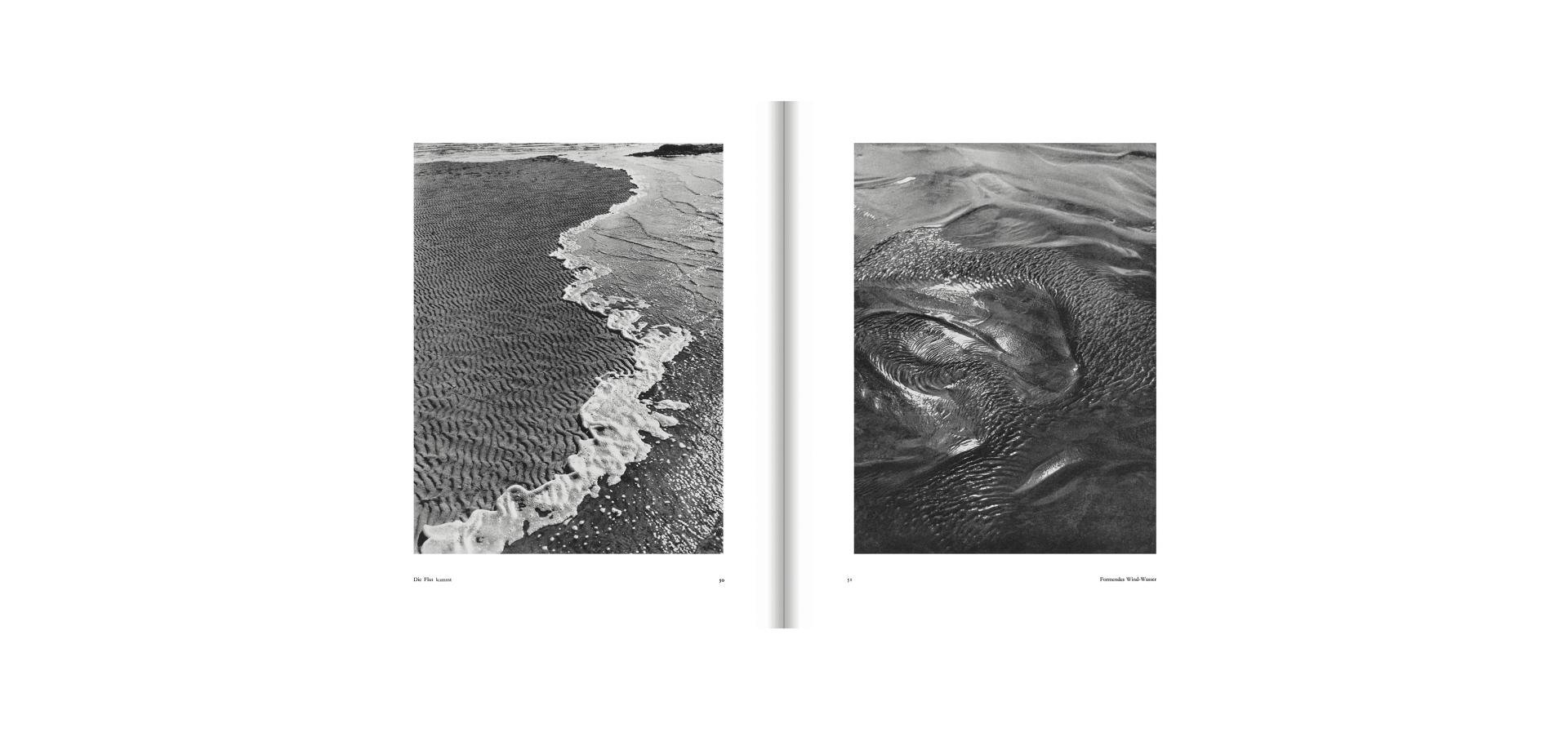
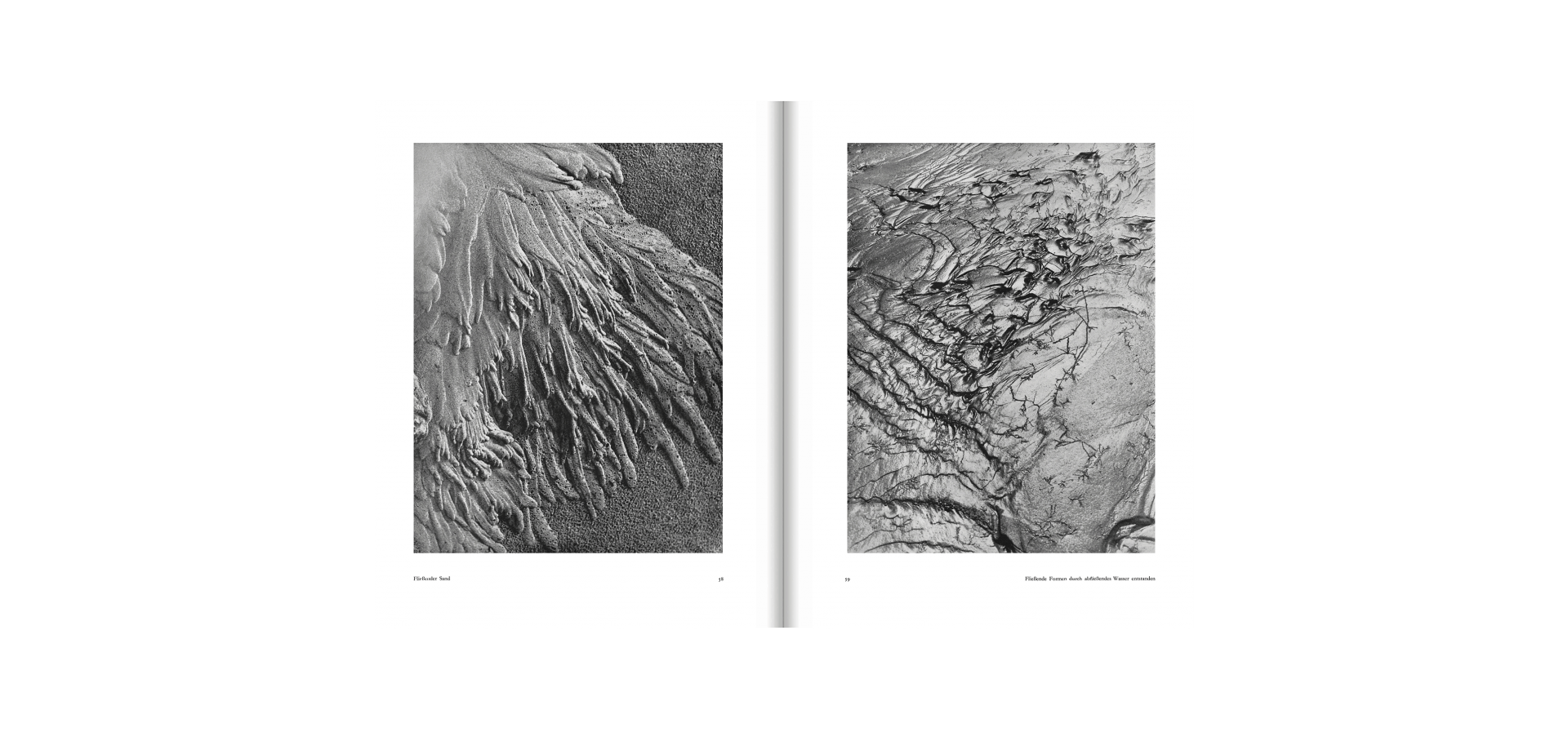
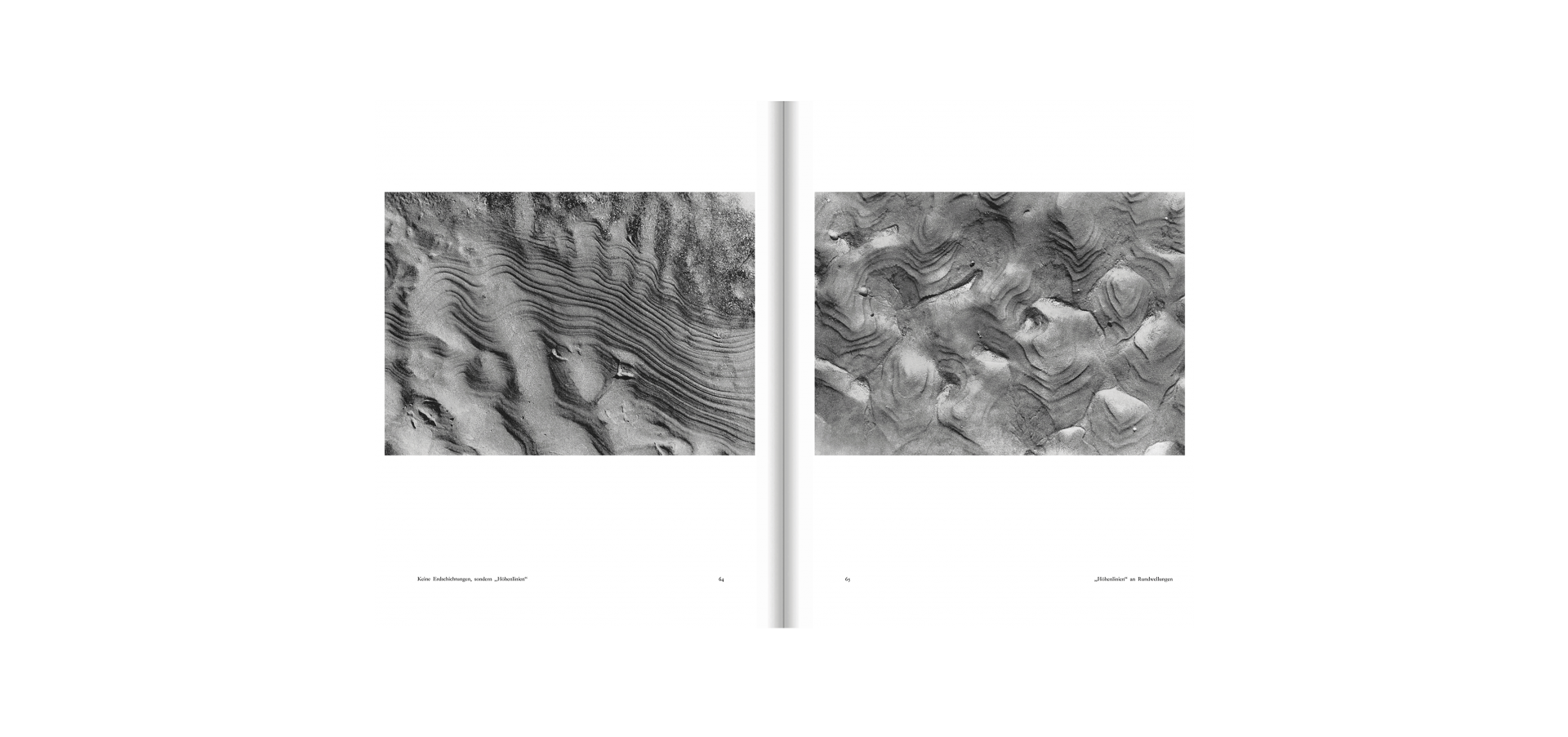
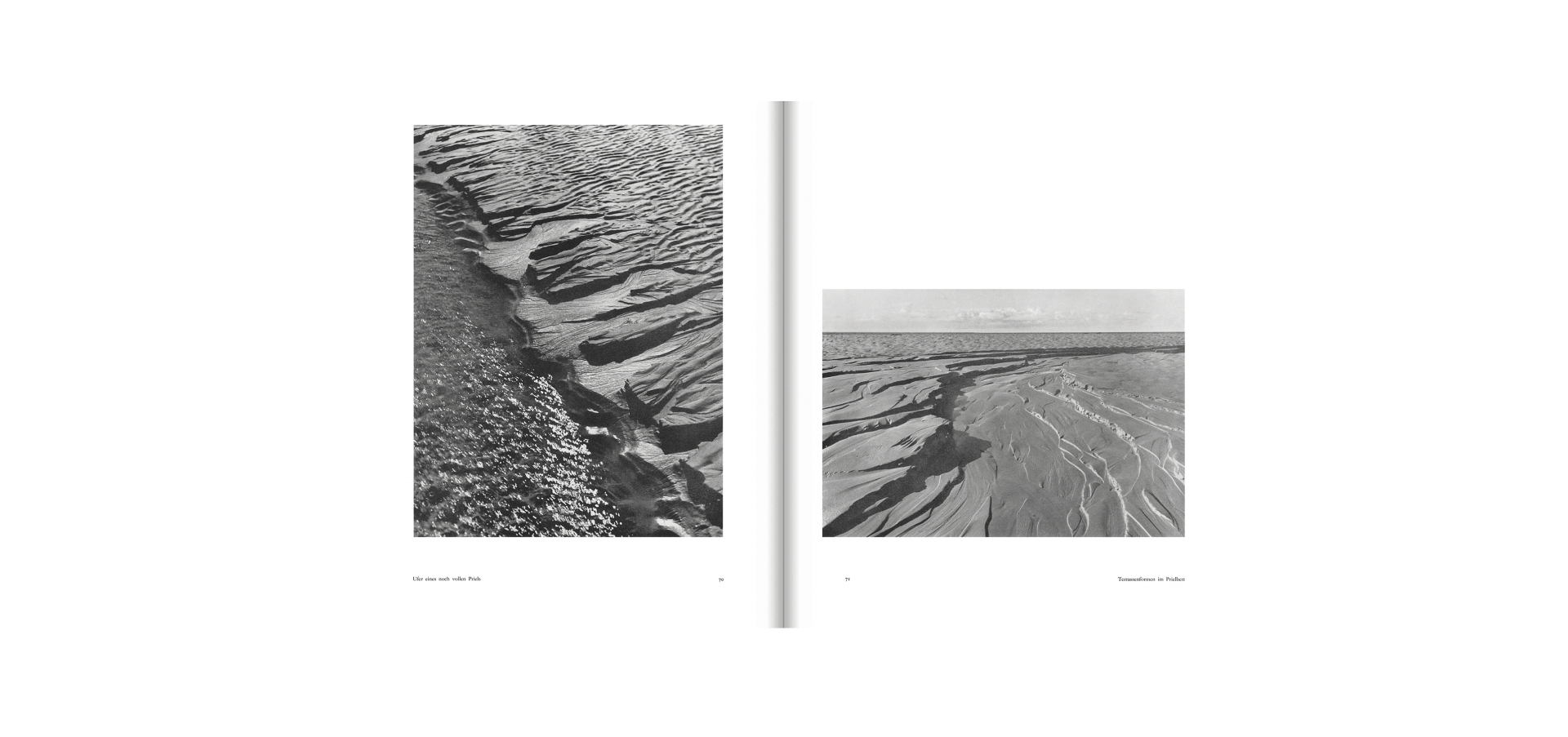
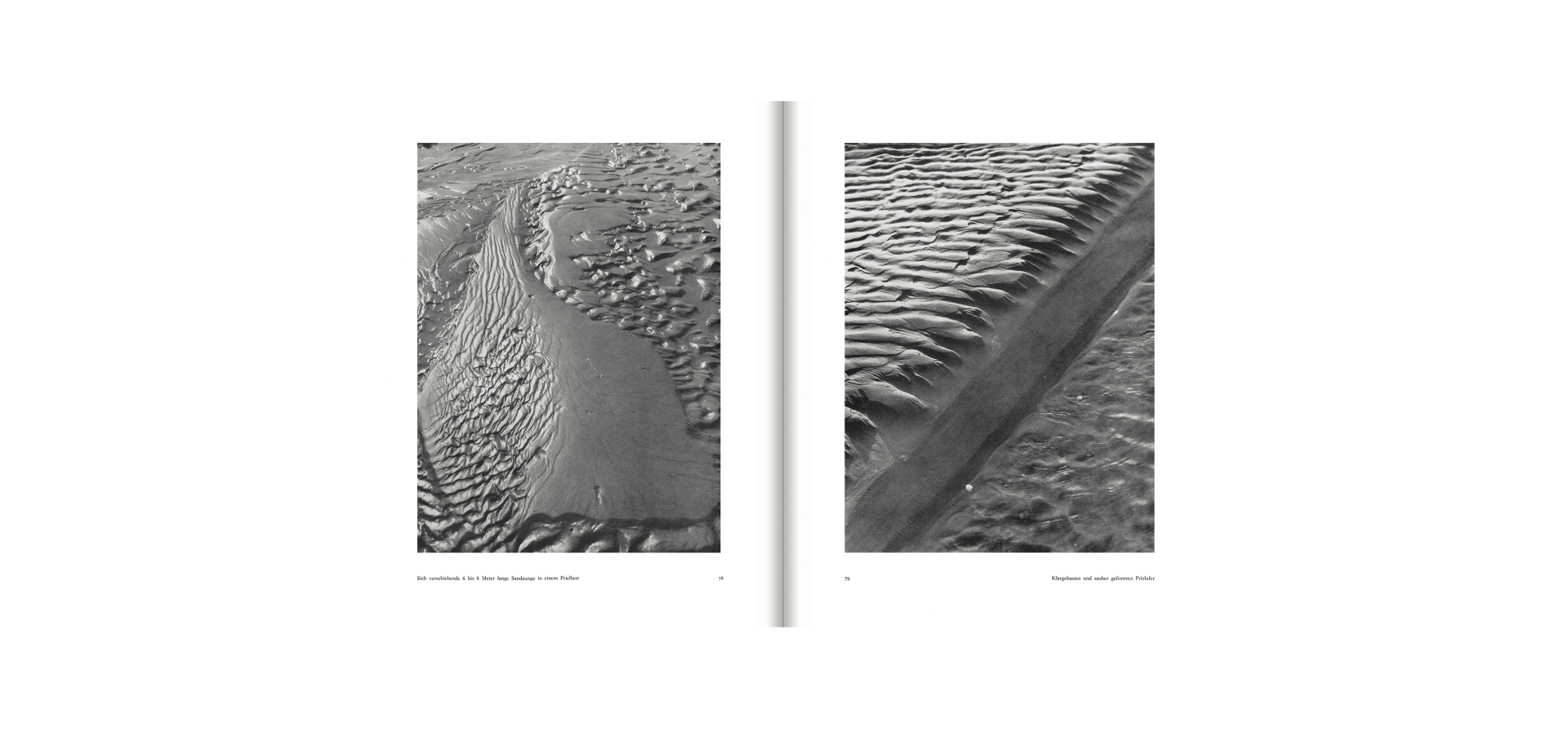
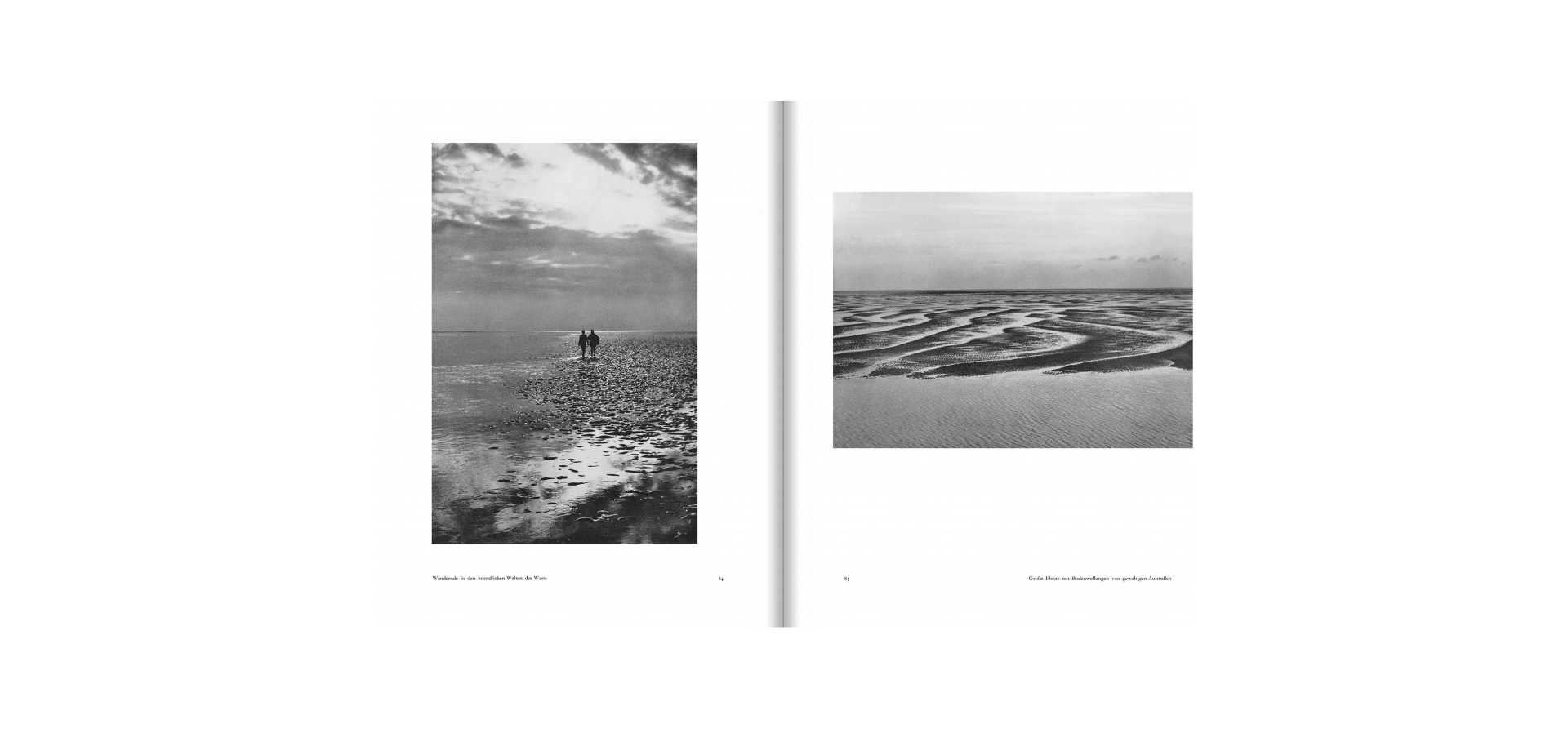
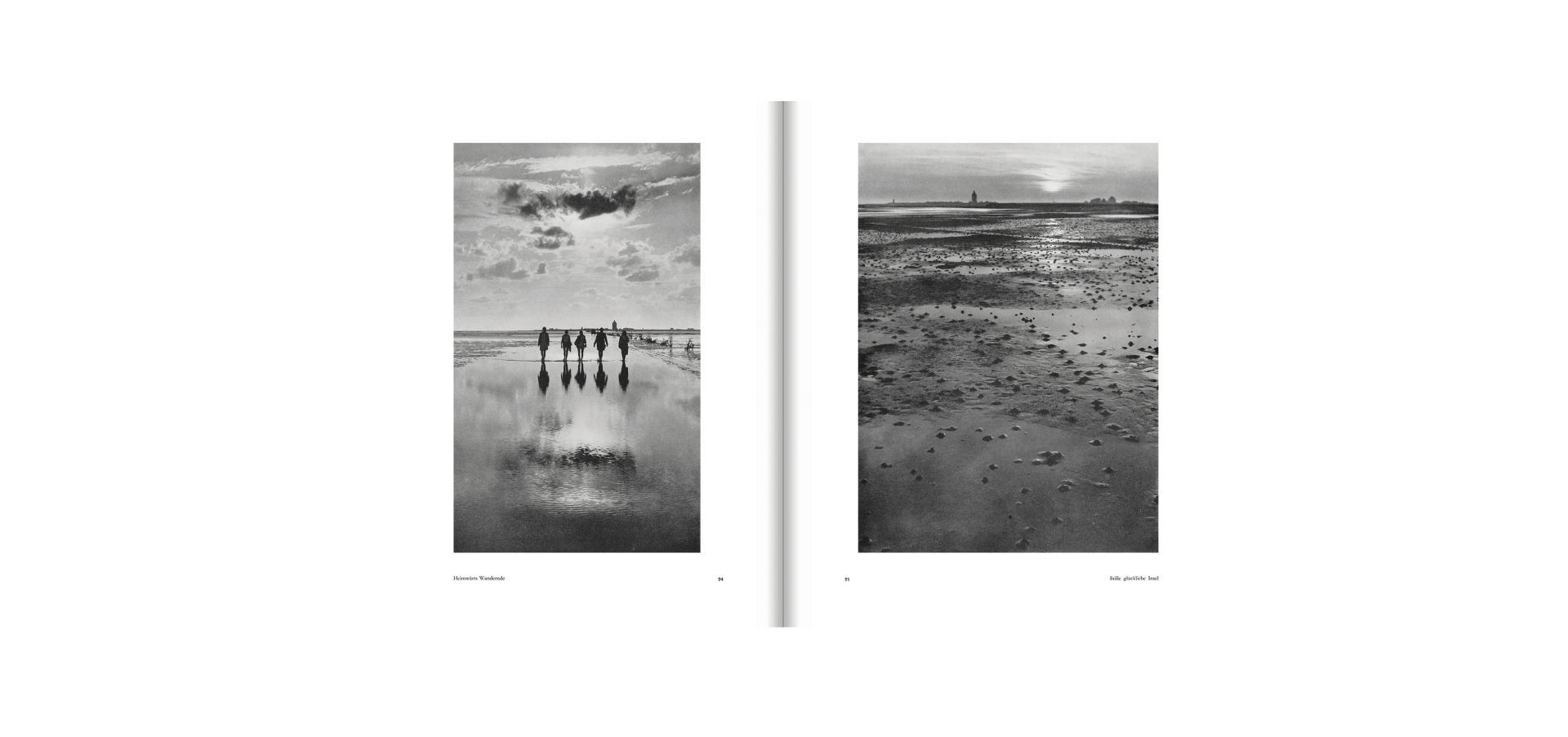

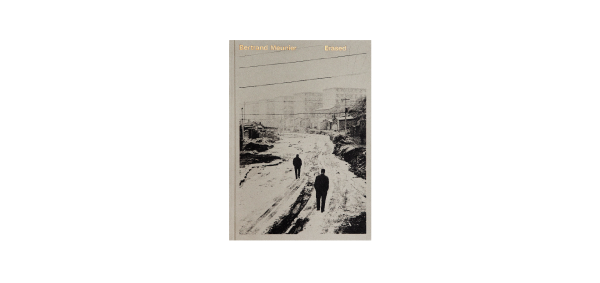






 see the whole catalog
see the whole catalog